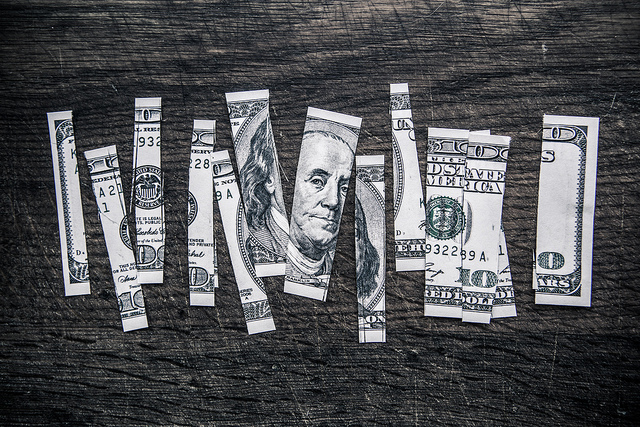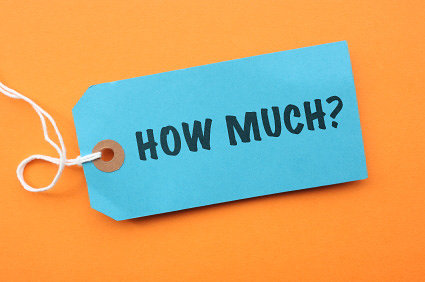The price of art
Recently, the world was excited by the news about the sale of one of the oldest auction houses Sotheby’s. The event took place in June this year. As reported, the French tycoon Patrick Drai will pay about $ 3.7 billion (including debts) in this deal. Now Sotheby’s is a public company, its shares are traded on the American stock exchange. Drai has been collecting art for a long time, he will give half of his fortune for his hobby.
However, in whose hands the shares of this or that auction house are concentrated, it is important for artists, including Ukrainian ones, to be able to receive, in addition to enjoying their own creativity, an adequate price for their work.
Yevgenia Butsykina, coordinator of the MUHI project, told Mind about how this market functions in Ukraine and how it differs from the world market.

Despite the fact that today it is too early to talk about a developed (or at least stable) art market in our country, Ukrainian art is bought and sold. Private galleries, art fairs continue and develop their activities, state institutions are paying more and more attention to contemporary Ukrainian art, various projects are being developed to support experienced domestic artists and discover those who are just starting their creative path. There are more and more active and passionate players in the Ukrainian art field: curators, dealers, experts, gallery owners, cultural journalists and art buyers who are ready to work to support those who occupy a central place in this field – artists. Sometimes artists take the initiative and create their own associations, becoming art entrepreneurs, distributing and promoting their work on their own.
In such a somewhat chaotic and rhizome world of sovukrart, it is worth dotting at least some i’s and identifying the main methods and methods for today for an artist (especially at the start of a career) to take a worthy and prominent place in the structure of the art market, and for buyers and collectors to works – to highlight the basic criteria for finding the desired finds. To find answers to these questions, let’s turn to international experience and the conclusions of analysts of the global art market.
Crisis – a problem or an opportunity for art?
Not so distant 2015, Ricardo Martinez, analyzing the then falling prices for contemporary works, drew attention to the fact that the first victim of the crisis is always young art. The reason is that often the works of artists who have just entered the arena (emerging artist) are overpriced due to the hype around spontaneously promoted young stars. Not quite justified prices for young art can instantly soar up, but also fall sharply. Therefore, the analyst advises artists, gallery owners and dealers to bet on progressive, moderate pricing, consistent with the process of growth and formation of the artist, his ideas and their expression in works and exhibitions.
On the other hand, already in 2017, James Tarmo from Bloomberg actively advises investing in young artists. The reporter defines the main criterion for selecting promising and worthy ones “the presence of exhibitions in reputable, future-oriented galleries and positive reviews from art critics and buyers, but at the same time the obligatory nature of a consistent and constant author’s artistic practice, bypassing the market hysteria.” So it is precisely those young artists who do not strive for quick fame, but persistently develop their own style and ideological direction, are most interesting for progressive collectors.
Rebecca Jennings, a reporter for Vox, gives an interesting example of The Julius Baer Art Collection, a collection of Swiss-born young artists that is above all “a cultural investment in providing support and recognition for young talents at such an important early stage in their careers.” What should be the lucky artists? Rebecca came up with the ideal formula for “working with contemporary media that challenge the classic fine arts and thrive on new, forward-looking art market approaches.” What are these approaches that give wings to young progressive artists? First of all, various online platforms (analytical, art-critical resources, as well as ways for independent media promotion of artists).
That’s right, today an artist can find his buyer on his own, studying and mastering the current and latest Internet sites, which are characterized by freedom and innovation, and, consequently, a certain emancipation from the good old art market with its overall dimensions due to the complex structure. However, even if the artist feels like David fighting Goliath, completely ignoring the market is not the smartest decision. It is at least worth knowing that it exists and that there are levers to advance on it.
Key Ingredients of Buying Art
In 2017, experts from one of the largest insurance companies analyzed the art market and deduced the basic criteria for evaluating and buying contemporary art within it. It is worth remembering that due to the multi-component and dynamic nature of the market (the presence of primary and secondary markets, as well as a large number of agents: artists, gallery owners, auction houses, art dealers, collectors, museums and many others), these criteria cannot be universal.

And yet, most works today are bought based on three key components:
Qualitative (aesthetic) value. Everything is complicated here, because the definition of the aesthetic value of a work of contemporary art is not a matter of one day. Whoever does not define it: the artist himself, gallery owner, art critic, museum researcher or collector to your taste. That is why a young artist should be in communication with various agents of the art market – at least for a qualitative expert assessment of his works.
Reputational value (brand). Indeed, such a commercial word “brand” is constant and relevant in the art market, because a reputation must be earned. This will be helped by art awards, artist competitions (right now we are accepting applications for the MUHI 2019 competition), good reviews from journalists for exhibitions, cooperation with well-known and prestigious institutions. The relevant lines in an artist’s resume are a navigator for the savvy art buyer.
Market value (price). There are certain difficulties with this item in the art market all over the world. Price formation (often for works by a young artist) is difficult to predict: it sometimes depends on a sudden scandal or on the false logic of “high price – great artist”. But usually this third criterion is built on the first two.
